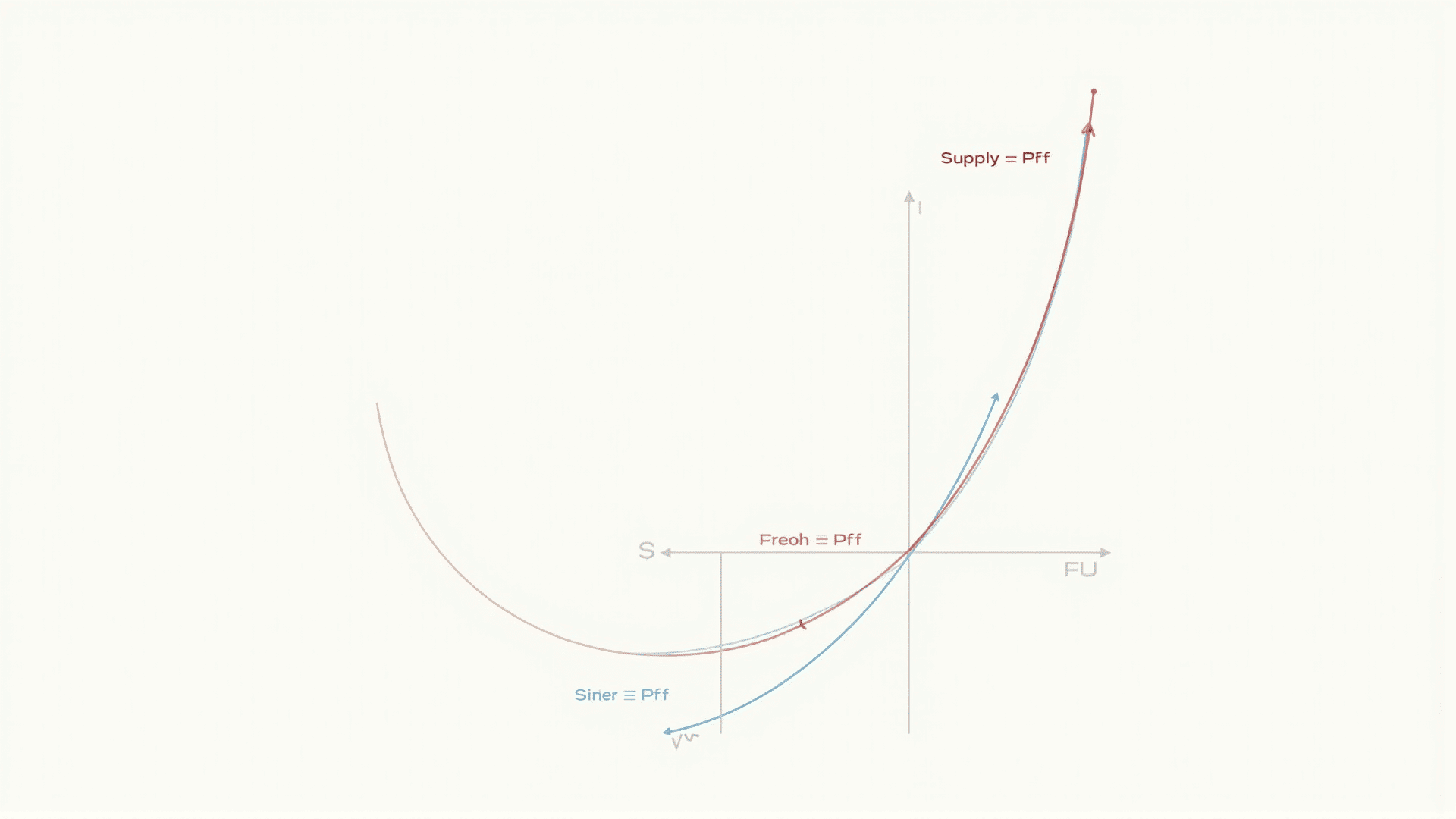Understanding the fundamental principles that guide economic decisions in Canada is crucial for grasping the dynamics of the country's economic framework. Canada's economy is a mixed-market system characterized by a combination of private and public enterprise, and is heavily influenced by its rich natural resources, well-educated workforce, and strong international trade relationships.
1. Supply and Demand: At the core of economic theory lies the principle of supply and demand, which dictates the cost and quantity of goods available in the marketplace. In Canada, this principle is essential in determining the prices of commodities such as oil, timber, and minerals, which are integral to the nation's economic vitality. The balance between consumer demand and the supply provided by producers determines market equilibrium, impacting everything from local grocery prices to global export values.
2. Government Intervention: The Canadian government plays a significant role in its economy, using various tools to maintain stability and growth. This includes setting monetary policies through the Bank of Canada, which adjusts interest rates to manage inflation and influence economic activity. Moreover, the government implements fiscal policies, such as taxation and public spending, to fuel growth and redistribute resources throughout the economy.
3. Trade Agreements and Globalization: Canada's economy is highly interconnected with the global market. The nation engages in numerous trade agreements, such as the Canada-United States-Mexico Agreement (CUSMA) and Comprehensive Economic and Trade Agreement (CETA) with the European Union. These agreements aim to reduce trade barriers, increase export opportunities, and enhance economic cooperation, thus solidifying Canada’s position in the global marketplace.
4. Labor Market Dynamics: Labor market principles significantly influence economic decisions in Canada. The nation boasts a diverse, skilled workforce that supports its competitive industries like technology, manufacturing, and natural resources. Factors such as wage levels, employment rates, and workforce availability are crucial in shaping economic policies and business strategies. Education and immigration policies also play vital roles in ensuring that the labor market meets the demands of a rapidly changing economy.
5. Sustainable Development: As a country rich in natural resources, Canada faces the challenge of balancing economic growth with sustainability. Economic decisions increasingly reflect environmental considerations, with a focus on reducing carbon emissions, promoting renewable energy, and implementing sustainable resource management practices. These efforts are driven by both government mandates and growing consumer awareness, aiming to ensure long-term prosperity without compromising environmental integrity.
6. Technological Innovation: Innovation is a driving force behind Canada's economic progress. The country invests heavily in research and development to foster technological advancements across various sectors, including telecommunications, artificial intelligence, and clean technologies. These innovations enhance productivity, create new industries, and improve quality of life, which are essential components of economic resilience and competitiveness.
By understanding these principles, one can gain insight into the multiple factors that influence the economic landscape in Canada. This knowledge is fundamental for policymakers, businesses, and individuals aiming to navigate and succeed in an ever-evolving economic environment.
